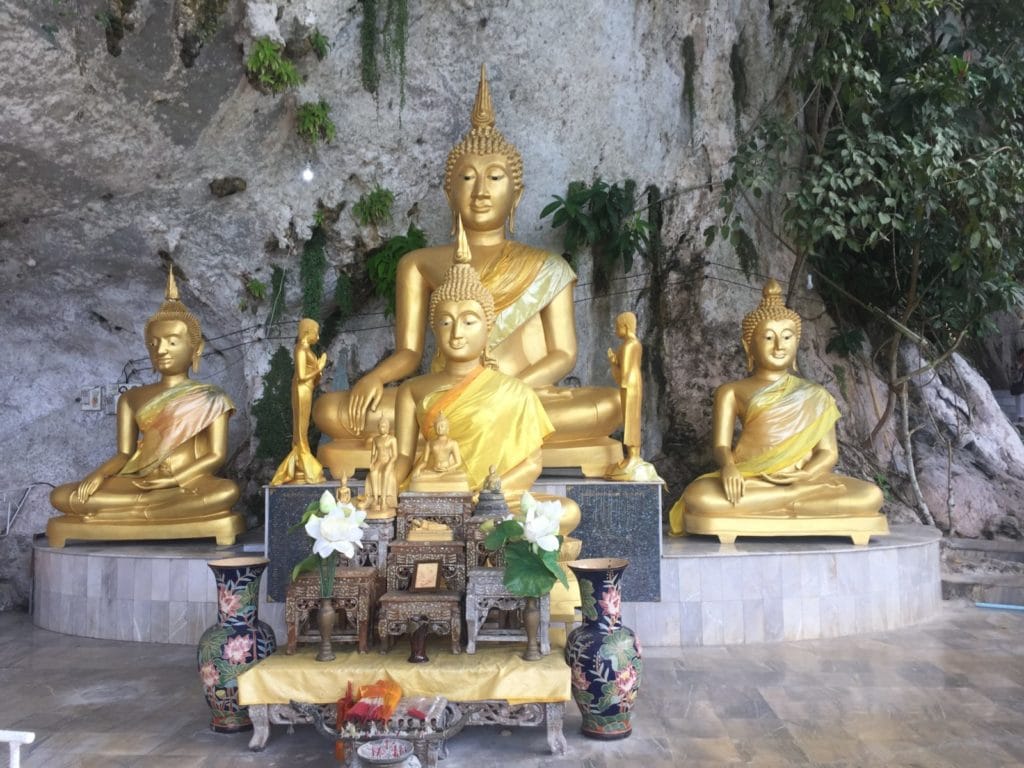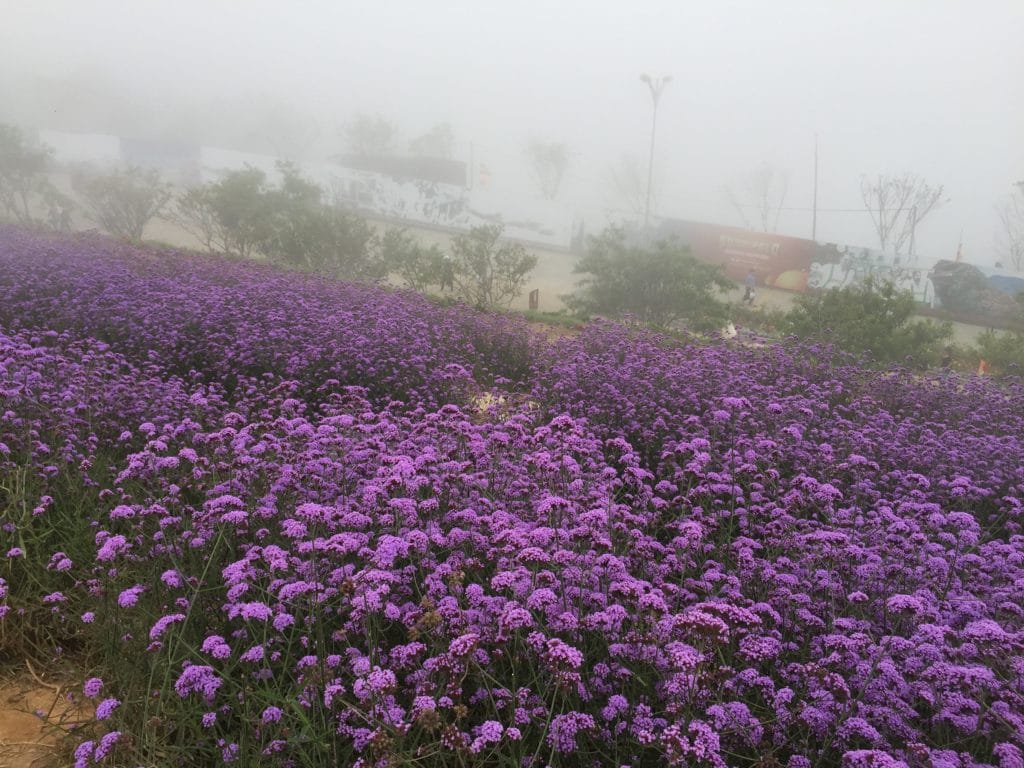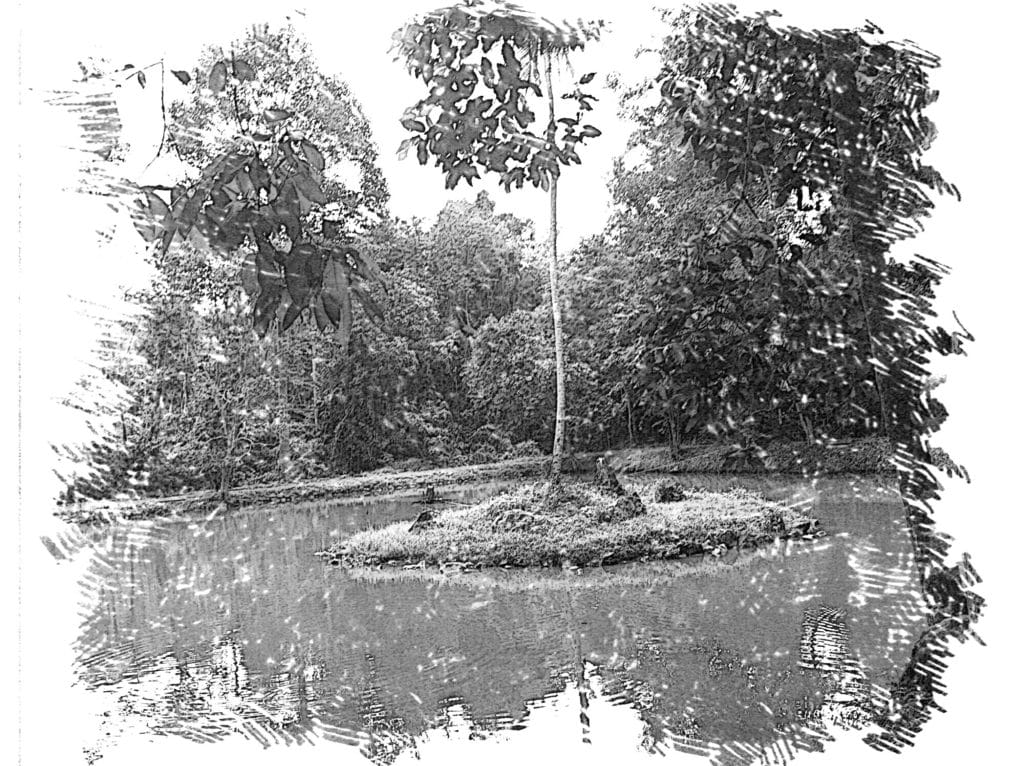The Golden Buddha Statue – The Majestic History of Bangkok’s Treasure
At the heart of Bangkok’s vibrant cityscape lies a symbol of spiritual significance and architectural magnificence – the Phra Phuttha Maha Suwanna Patimakon. Known to the world as the Golden Buddha, this exalted figure is not only an emblem of the city but also a testament to Thailand’s rich history and devotion to Buddhism.
The Golden Buddha originated in the 13th century, during the Sukhothai period, recognized for its artistic and cultural achievements in Thailand’s chronicles. It was during this era that the golden statue, thought to be cast in pure gold, was created. However, hiding its true identity to protect it from marauding invaders, a layer of stucco and plaster was added over the centuries. The awe-inspiring revelation of its gold content was a fortunate accident in 1955, when the statue was being moved to a new temple. A crack revealed the stunning, golden essence of Buddha beneath its humble exterior.
A Glittering Revelation: The Uncovering of the Golden Buddha
The exposed gold gleamed under the light, leaving the monastery in awe of the Phra Phuttha Maha Suwanna Patimakon’s remarkable historic discovery. The monumental event caught the attention of the entire nation, transforming the temple into a spiritual and tourist epicenter.
Remarkably, the Golden Buddha has an immense weight of 5.5 tons, symbolizing its significance in the spiritual realm and as a pillar of Thai history. The statue stands 3 meters tall and depicts the Buddha in a traditional meditation pose, reinforcing its spiritual messages associated with calm, peace, and enlightenment.
The Architecture of Divine Proportions: Examining the Structure of the Golden Buddha
The architectural design of the Phra Phuttha Maha Suwanna Patimakon poses an enchanting array of traditional Thai elements blended with Buddhist art and architecture. As is characteristic of many Sukhothai-period statues, the Buddha has a distinctive flame-shaped ushnisha, or crown protuberance on the top of its head, which symbolizes spiritual illumination.
Aesthetically, the statue is imbued with stylistic elements unique to Sukhothai sculpture, such as the elongated ears, signaling the Buddha’s royal origins, and the snail shell-like curls representing his wisdom. The graceful arch of the eyebrows, combined with the lotus-bud configuration of the eyes, reinforces the divine serenity that the statue exudes.
These architectural features seamlessly blend into the statue’s overall magnificence, making it an enduring testament to Buddhist art and an inspirational symbol for all humanity.
The Phra Phuttha Maha Suwanna Patimakon holds a unique position at the intersection of history, spirituality, and art. The golden statue stands as a symbol of the city’s heritage, brimming with stories of centuries past and echoing the resonances of a spirituality deeply rooted in daily Thai life.
In conclusion, this monumental golden figure, wrapped in the heart of Bangkok, stands proud as a stunning amalgamation of history, culture, art, and spirituality. The Golden Buddha, as it is affectionally known, serves as a gleaming testament to Thai ingenuity and their unwavering dedication to Buddhist principles. Visiting the Phra Phuttha Maha Suwanna Patimakon is not just a tourist experience, but a journey through centuries of history, enlightenment, and national pride.
If you want to learn more read my other blog posts. See how I embarked on My Mindfulness Journey. I hope you will enjoy it.
Share



